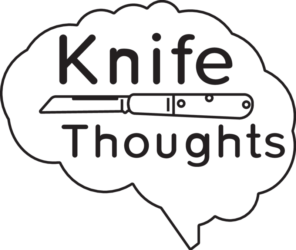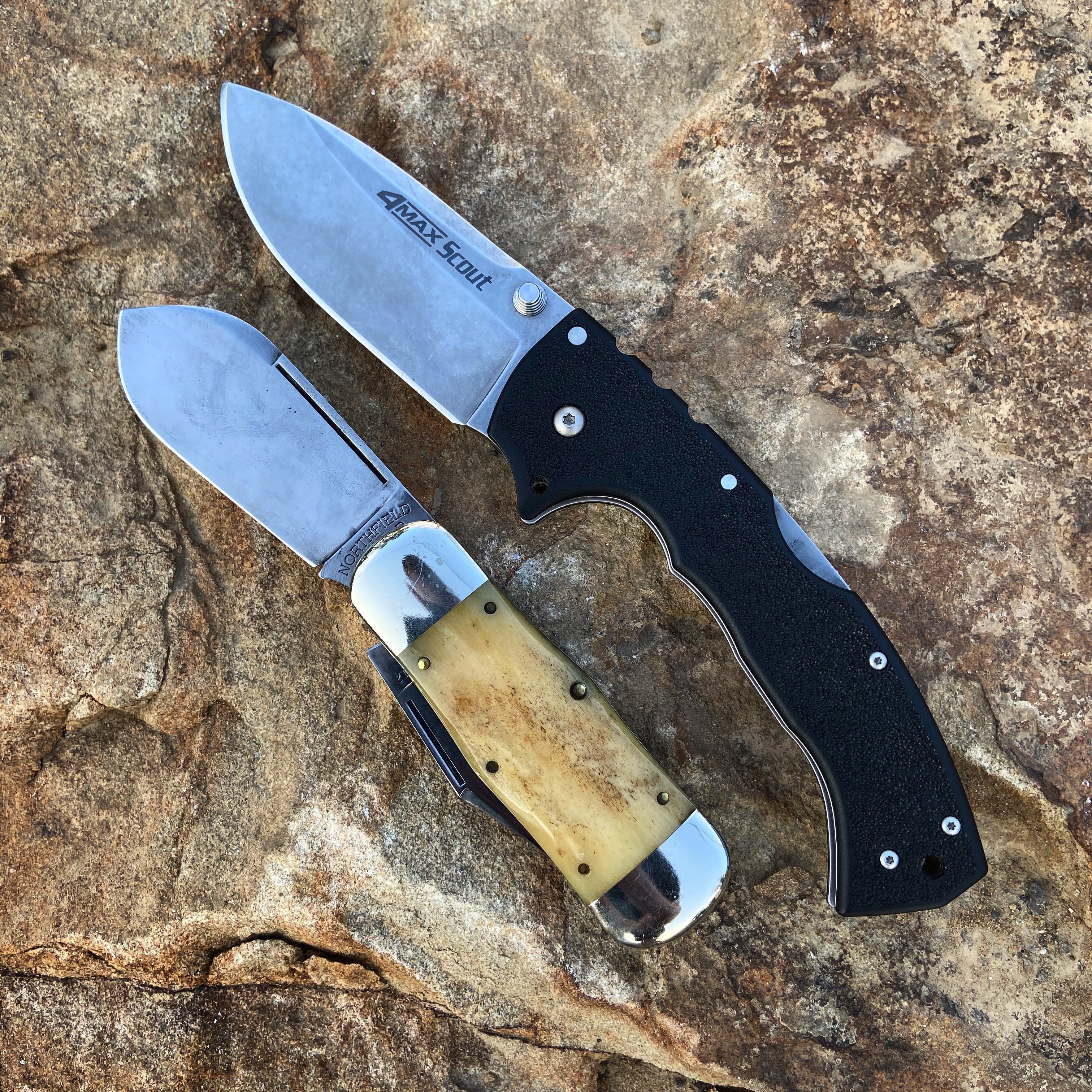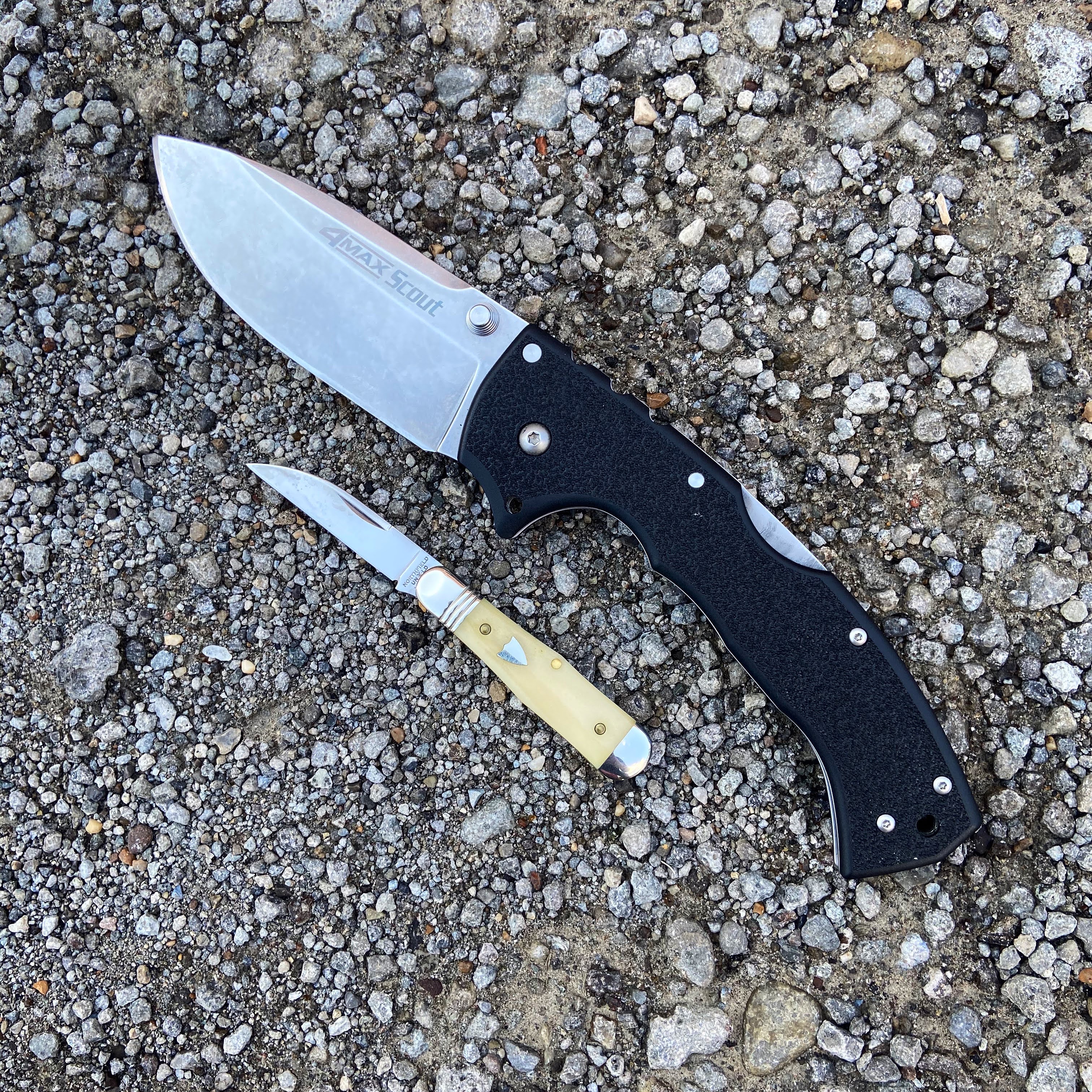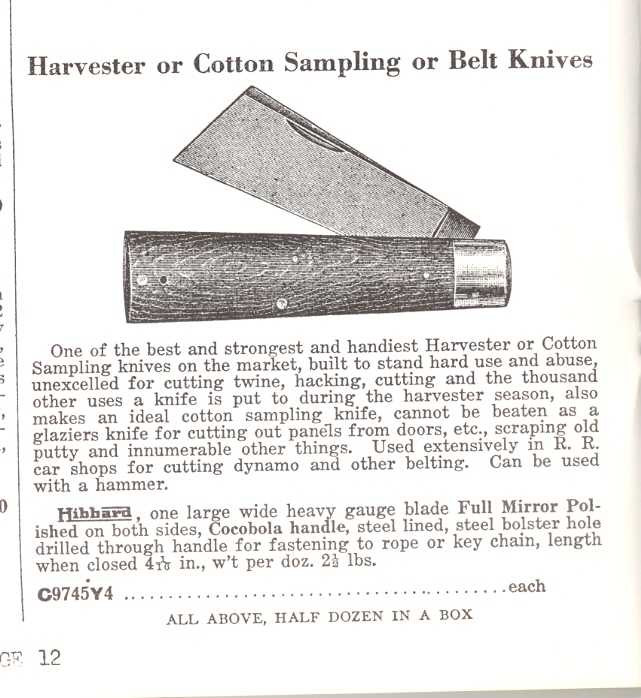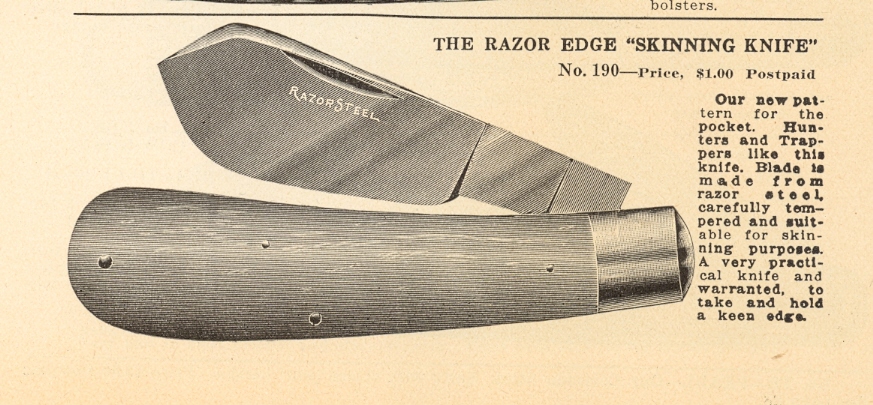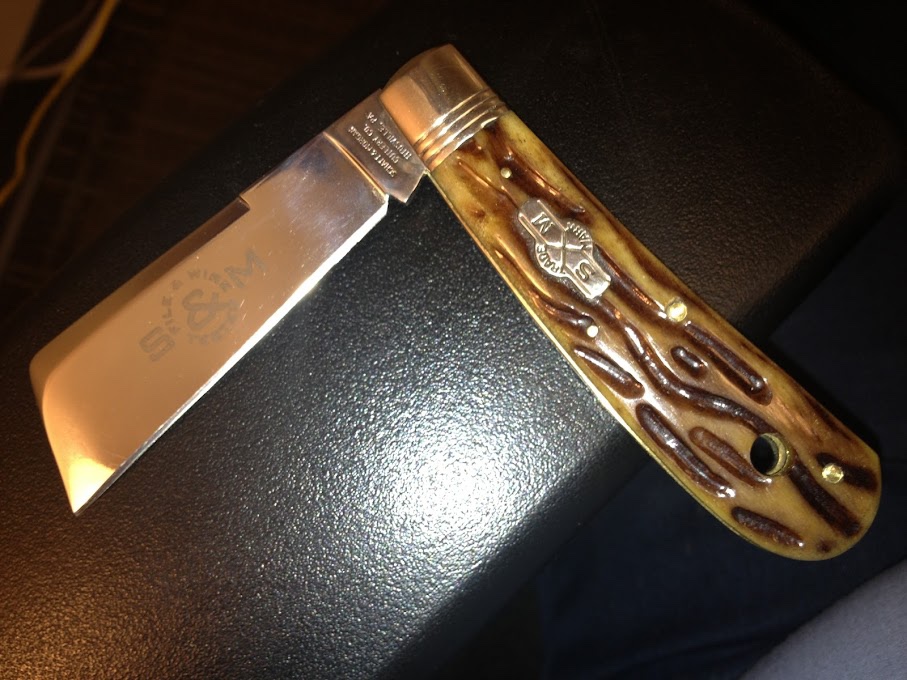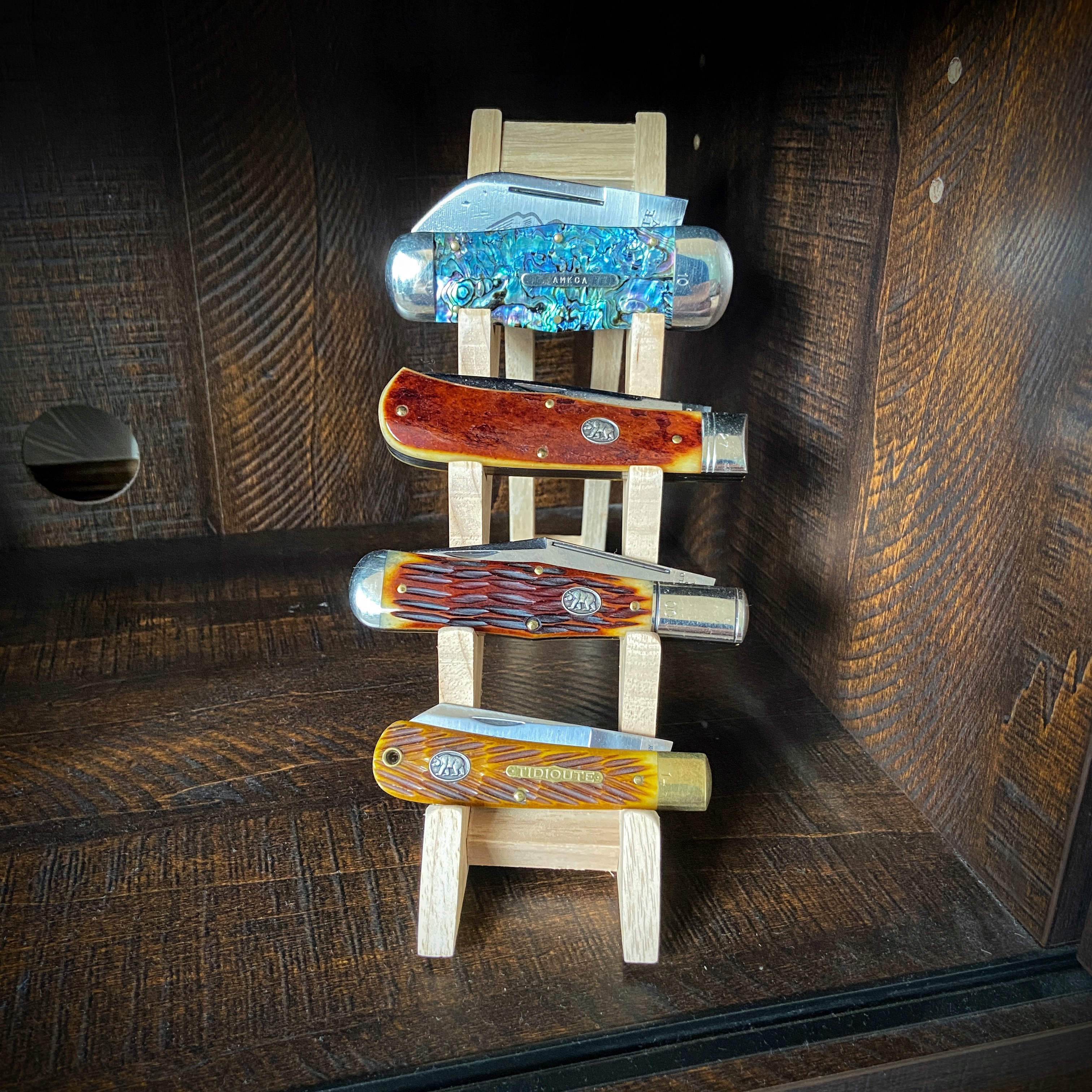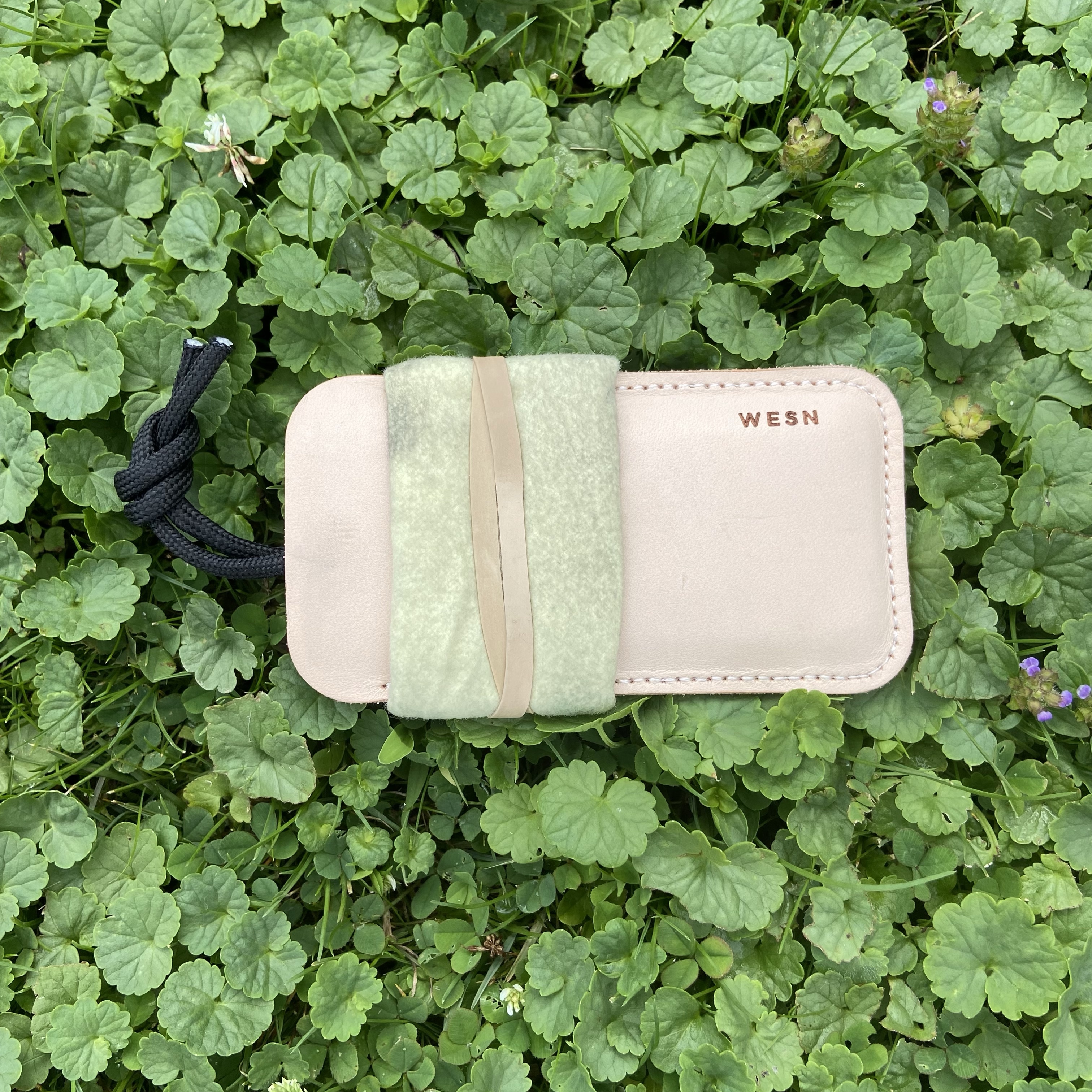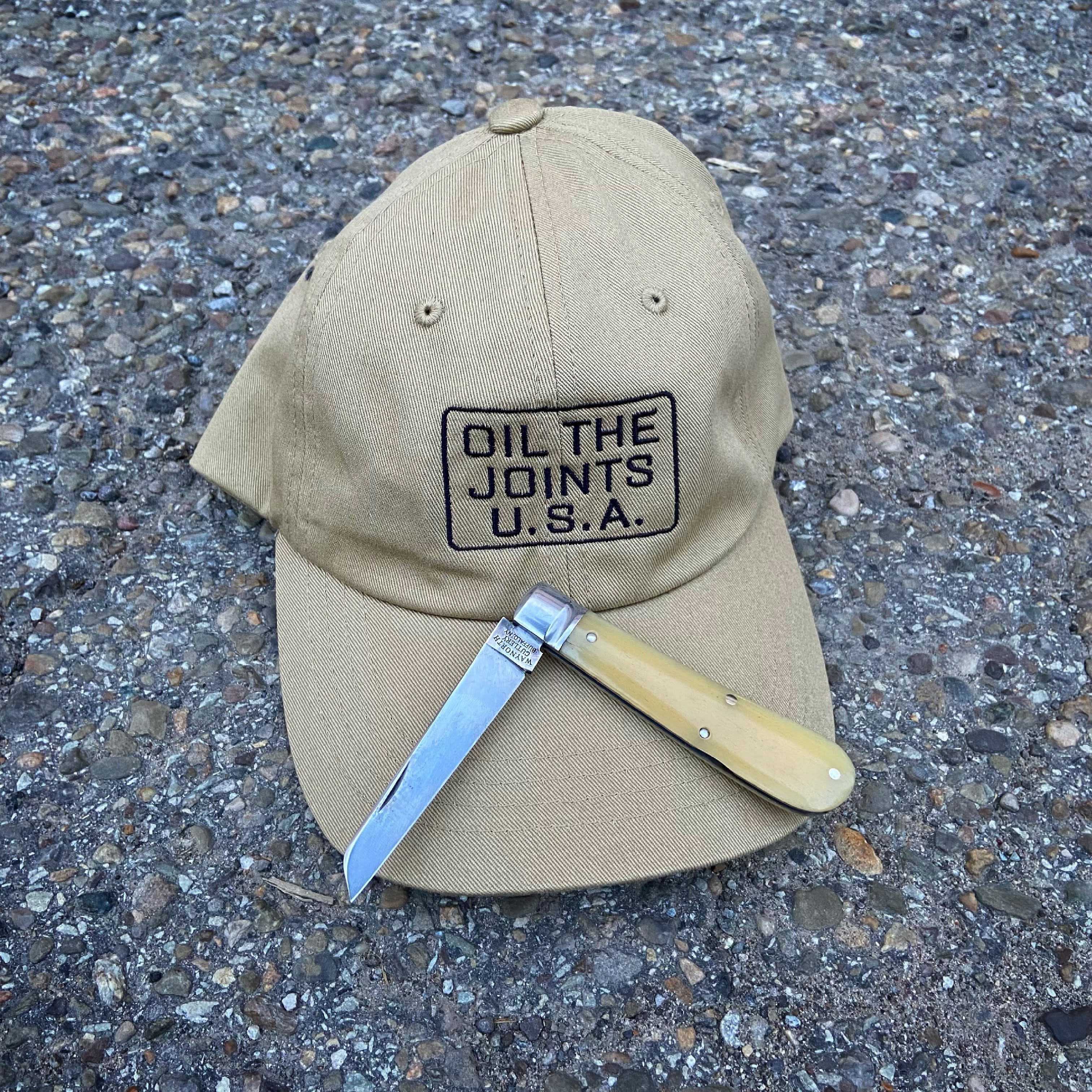I’ve had enough of it, and it’s time someone said it; proud tips and blade rap are manufacturing defects that are far too prevalent on traditional slipjoint knives. Proud tips and blade rap are issues that plague slipjoints across the spectrums of price, quality, and manufacturer. So, what are they, why are they a problem, and what can be done about them?
What is a proud tip?
A proud tip, simply put, is when the tip of the blade sits above the blade well when closed. What is considered a proud tip can vary depending on the shape of the blade and handle, and the personal preference of the observer. That said, if you can catch a fingernail under the tip of the blade when its closed that is a definite indicator of a proud tip.
What is blade rap?
Blade rap is when the edge hits against the spring when the blade is closed. Many people assume when they hear it said that it is “blade wrap” because of the edge damage that it causes. However, I have always known it to be “rap” meaning to rap against the spring, like “rapping at the window”. This happens because the momentum of the blade closing due to the spring pressure of the backspring causes the blade to overtravel and hit against the inside of the backspring (usually at the backspring pin hump). This causes edge deformation, usually in the form of rolling but sometimes pure flattening or occasionally even chipping.
What makes them legitimate issues?
Both proud tips and blade rap are legitimate manufacturing defects because they cause practical issues.
A proud tip, though unlikely, could catch on clothing fabric and inadvertently partially open the blade risking injury or even directly catch on skin when you reach in a pocket and potentially cause injury. Now, some people will say “well you can just file the kick, so it’s not a real issue” (my video on filing a kick). While it is true you can usually fix a proud tip by filing the kick, there’s two reasons that doesn’t excuse a proud tip. First, filing a kick involves an extremely fine balance between filing enough that the tip falls below the handle without filing too much and causing blade rap. Second, and more importantly, the consumer should not have to modify a product for it to function correctly.
Blade rap is more straight forward; an edge with damage doesn’t cut as well. Sure, the damage is usually only on a very small portion of the blade, but that doesn’t change the fact that that area will catch and not cut like the rest of the edge. Now, some people will say “well blade rap just means that the company fit as much blade into the blade well as possible”. The argument there is that the more blade is fit into the handle the more sharpenings a blade can take and therefore the longer working life the knife will have. While that is technically true, it doesn’t make up for the downside of blade rap for two reasons. First, either you have a knife that doesn’t cut as well as it could or you sharpen out the blade rap and take away that extra blade height. Second, and more importantly, the consumer should not have the modify a product for it to function correctly.
Now, being the astute and attentive reader you are, I’m sure you noticed that both second reasons and final sentences in the previous two paragraphs are the same. Therein lies the real crux of the issue; no matter the upsides or how easily the issues are rectified by the owner, knives should not come with practical issues from the manufacturer and consumers shouldn’t be expected to accept those issues.
What can be done about them?
So, what could be done to mitigate the issues of proud tips and blade rap?
Well, as mentioned above the consumer can often fix these issues themselves if they have the tools and will to do so. But, as I mentioned above, I don’t think consumers should have to do those things on a new knife. Aside from fixing them themselves, I think the only thing for a consumer to do is let the manufacturer know that they are unhappy with their knife coming with these issues. You could also return knives to the dealer that come with these issues. I personally have reached a point (after getting an Albers Cutlery Company knife with blade rap and being frustrated by trying to fix it myself) that I intend to commit to not keeping any knife that comes with either of these issues. This can actually be more difficult than it might seem. If you fight through the drops and finally secure a highly sought after Great Eastern Cutlery knife, it can seem like a small issue like a proud tip or blade rap isn’t worth sending the knife back… and maybe it’s not!
Better yet, there are things the manufacturer can do to mitigate these issues. One thing that some brands, like A.G. Russell and LionSteel, have implemented is a stop pin. Using more accurate methods of cutting out blanks, like laser cutting or EDM rather than punching with dies, could help to get more consistent interfacing between the kick and the backspring and therefore making proud tips less likely. A stop pin stops the momentum of the blade closing and doesn’t allow for the overtravel that the backspring does, which makes blade rap much less likely.
Of course, I’m not an engineer or involved in knife manufacturing in any way, so it’s not my place to make suggestions or assumptions about the process. I just love traditional slipjoints and want to see them be as good as they can be. I hope that these issues become less common and help slipjoints continue their rise back to quality and popularity.
My wife’s observations of my experiences with blade rap;
A Guide to getting rid of your blade rap:
- buy some fancy sharpening stuff
- find a tiny miniscule little nick on the blade to nit pick for several days at a time
- set up in the most annoying location possible, so the most people can hear the horrible noise of the knife sharpening.
- sharpen the knife
- feel the blade
- swear
- Repeat 4-6 5-7x before you become disgusted and swear that you’ll never buy this type of knife again.
- buy that type of knife again.
I sincerely thank you for your time, support, and interest! Don’t forget to tell your friends about KnifeThoughts.com, subscribe via email, and share this article on social media. You can find Knife Thoughts on YouTube where I have hundreds of knife videos, as well as on Instagram and Facebook! You can find all my latest links at LinkTr.ee/KnifeThoughts

